ANFM 2025 is on the horizon
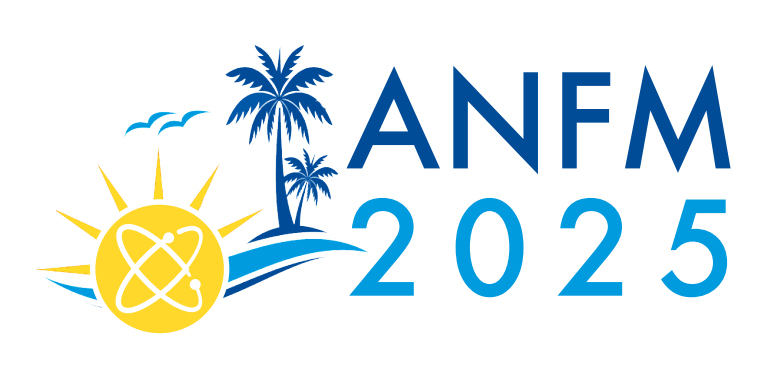
The first Advances in Nuclear Fuel Management (ANFM) conference in eight years is being held July 20–23, 2025, at the Sheraton Sand Key Resort in Clearwater Beach, Fla.


The first Advances in Nuclear Fuel Management (ANFM) conference in eight years is being held July 20–23, 2025, at the Sheraton Sand Key Resort in Clearwater Beach, Fla.

Lisa Marshall
president@ans.org
This year's ANS Conference on Nuclear Training and Education (CONTE), held in early February, tackled emerging approaches to nuclear skills and the workforce. How do we attract, retain, and qualify our future professionals? What technologies will enhance teaching and assessment methods?
In 2024, the Department of Energy called the following developments “wins for nuclear energy”:
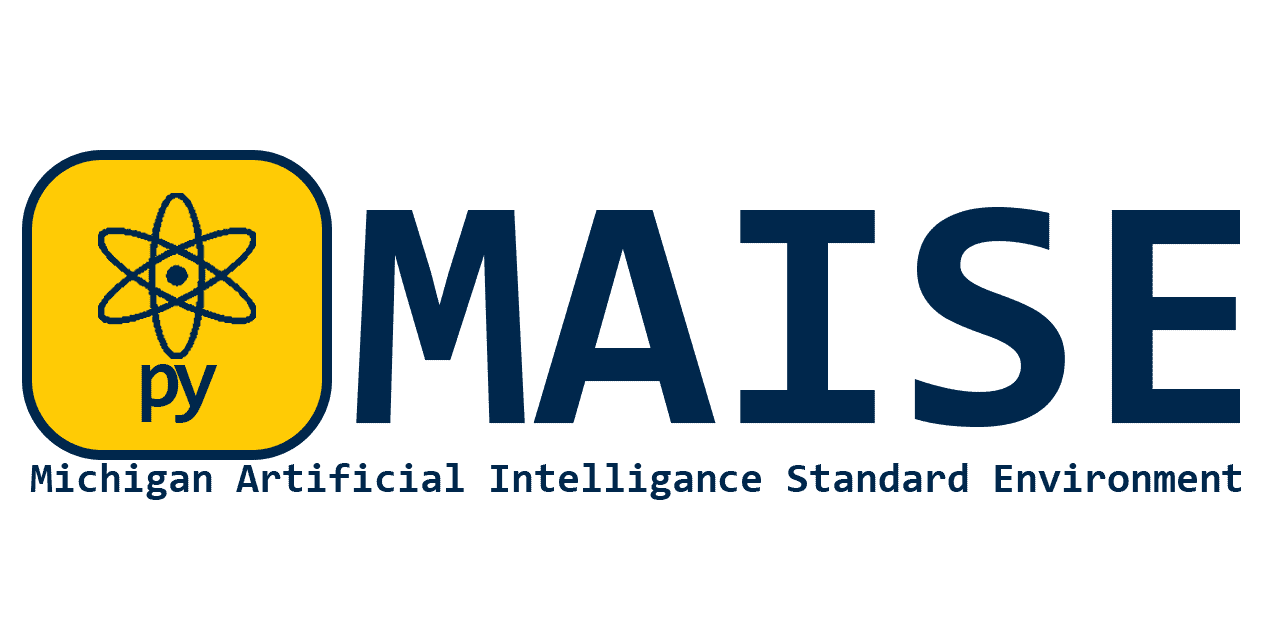
A recent article on University of Michigan’s Department of Nuclear Engineering and Radiological Sciences (UMich NERS) website highlights the university’s work on the application of artificial intelligence to nuclear engineering. Python-based Michigan Artificial Intelligence Standard Environment (pyMAISE) is a project that is providing an “automatic machine learning benchmarking library—the first of its kind created by nuclear engineers for nuclear engineers.”
.png)
Generative artificial intelligence paired with advanced diagnostic tools could detect potential problems in nuclear power plants and deliver a straightforward explanation to operators in real time. That’s the premise of research out of the Department of Energy’s Argonne National Laboratory, and just one example of the DOE’s increasing exploration of AI applications in nuclear science and technology research. Training and restraining novel AI systems take expertise and data, and the DOE has access to both. According to a flurry of reports and announcements in recent months, the DOE is setting out its plans to ensure the United States can use AI to its advantage to enhance energy security and national security.
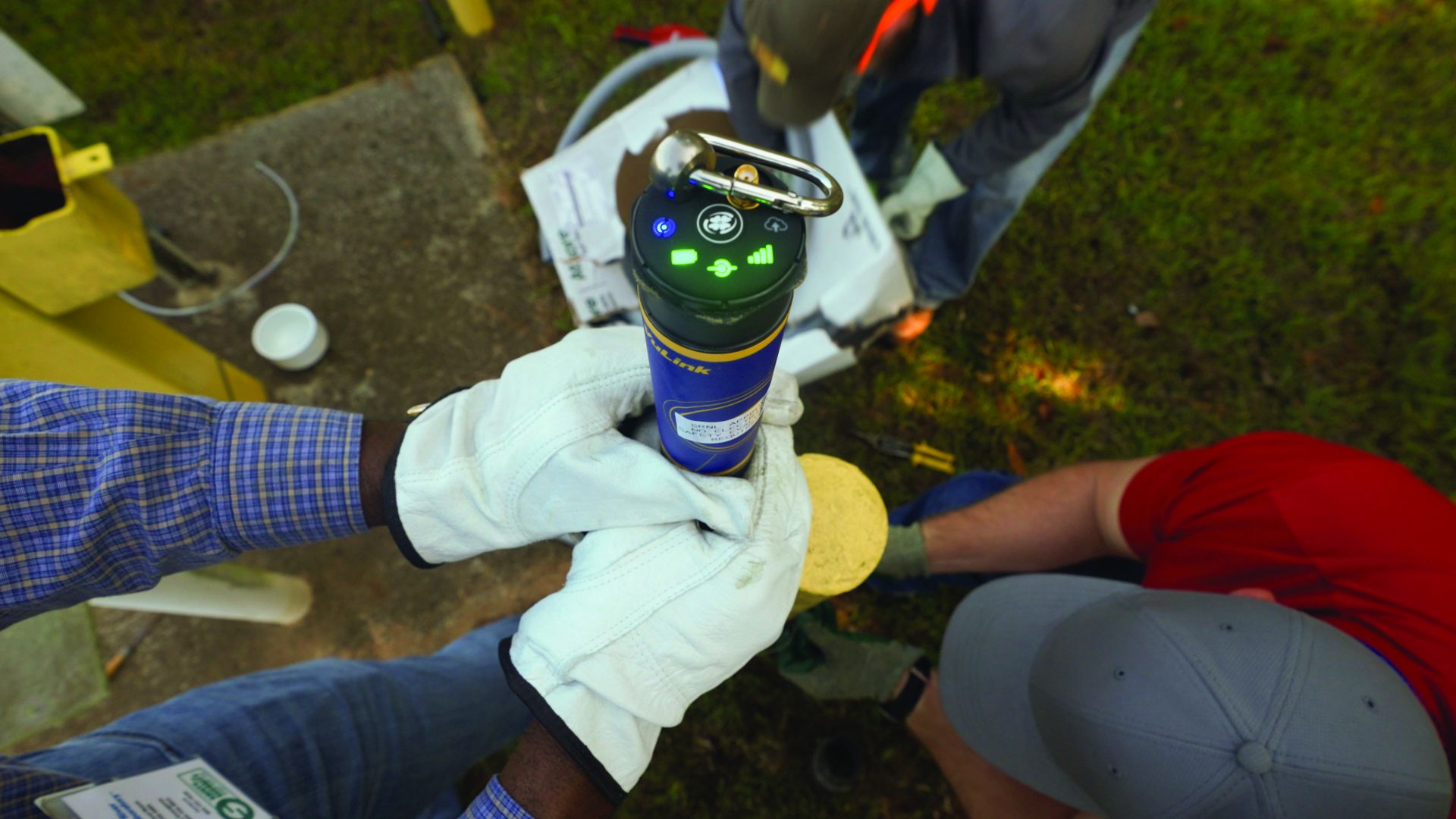
Researchers at Savannah River National Laboratory (SRNL), in concert with Lawrence Berkeley National Laboratory, Massachusetts Institute of Technology, Pacific Northwest National Laboratory, and Florida International University, are leading the Advanced Long-Term Environmental Monitoring Systems (ALTEMIS) project to move groundwater cleanup from a reactive process to a proactive process, while also reducing the cost of long-term monitoring and accelerating site closure.
The Department of Energy announced $29 million in funding for seven team awards for research in machine learning, artificial intelligence, and data resources for fusion energy sciences on August 31. In all, 19 institutions will build algorithms to address high-priority research opportunities in fusion and plasma sciences using interdisciplinary collaborations of fusion and plasma researchers teamed with data and computational scientists.
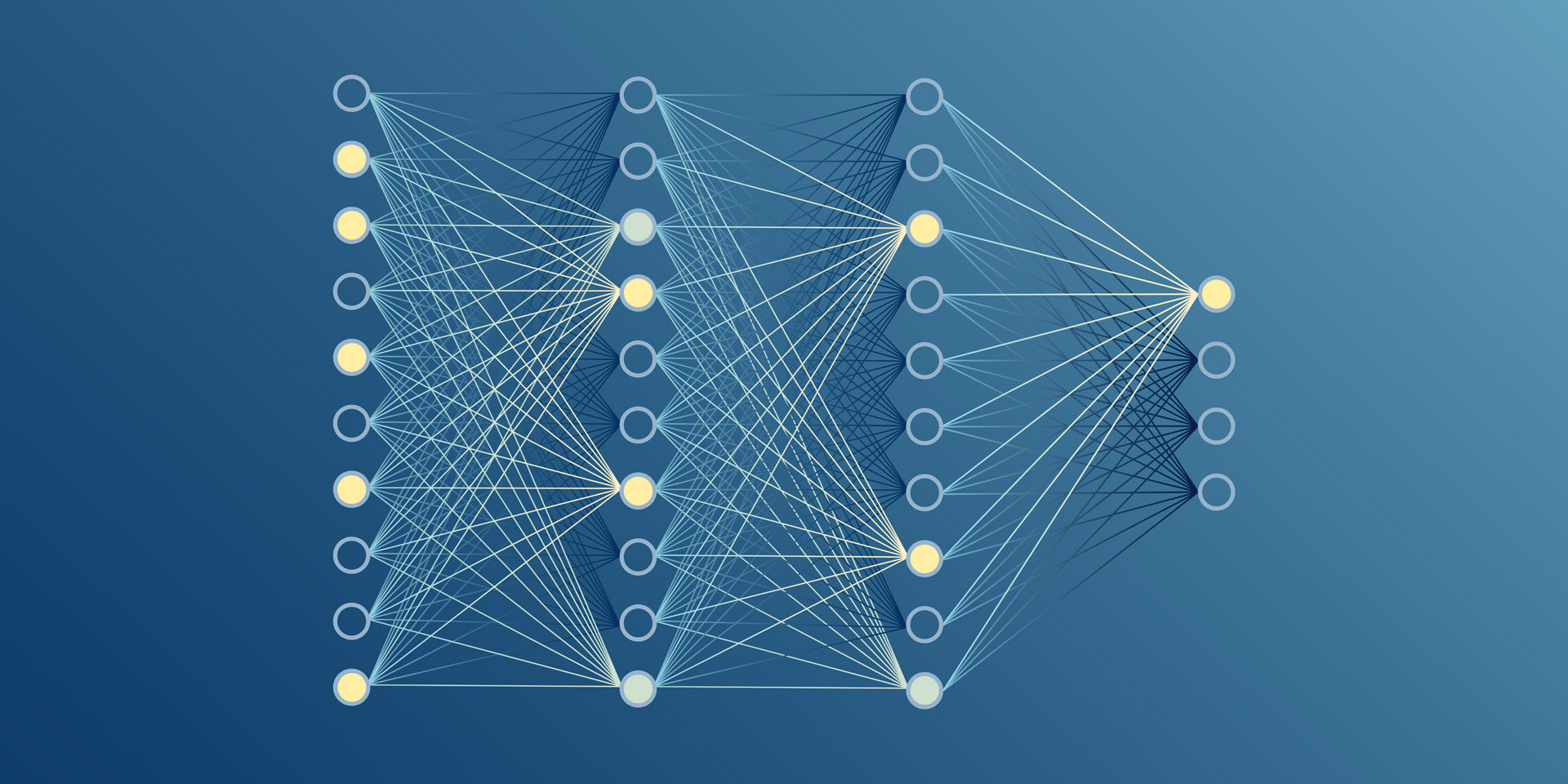
Advanced reactors are promising energy systems that can enable the world to transition to a more sustainable energy matrix. These concepts are potentially more fuel efficient and safer, compared with previous generations of nuclear reactors. Many designs, like high-temperature gas reactors (HTGRs) and molten salt fast reactors (MSFRs), target high outlet temperatures, allowing for their operation in processes where high heating is required, such as for hydrogen production and desalination.

Jamie Coble
The nuclear power industry has the opportunity for significant advancements in the coming years, driven by the digital integration of instrumentation and controls (I&C), machine learning (ML), artificial intelligence (AI), and optimized operations and maintenance (O&M) technologies. These developments are the enabling technologies that can ensure the efficiency, safety, and reliability of our future fleet of nuclear power plants, propelling the industry toward a more sustainable and intelligent future.
I&C plays a vital role in monitoring and controlling various aspects of nuclear power plants. Traditional I&C systems have relied on hardwired control circuits, but modern advancements are shifting towards digital I&C systems, also known as digital control systems (DCS). These systems offer enhanced flexibility, scalability, and reliability. They utilize advanced sensors, data acquisition systems, and distributed control algorithms to enable real-time monitoring, fault detection, and control optimization.
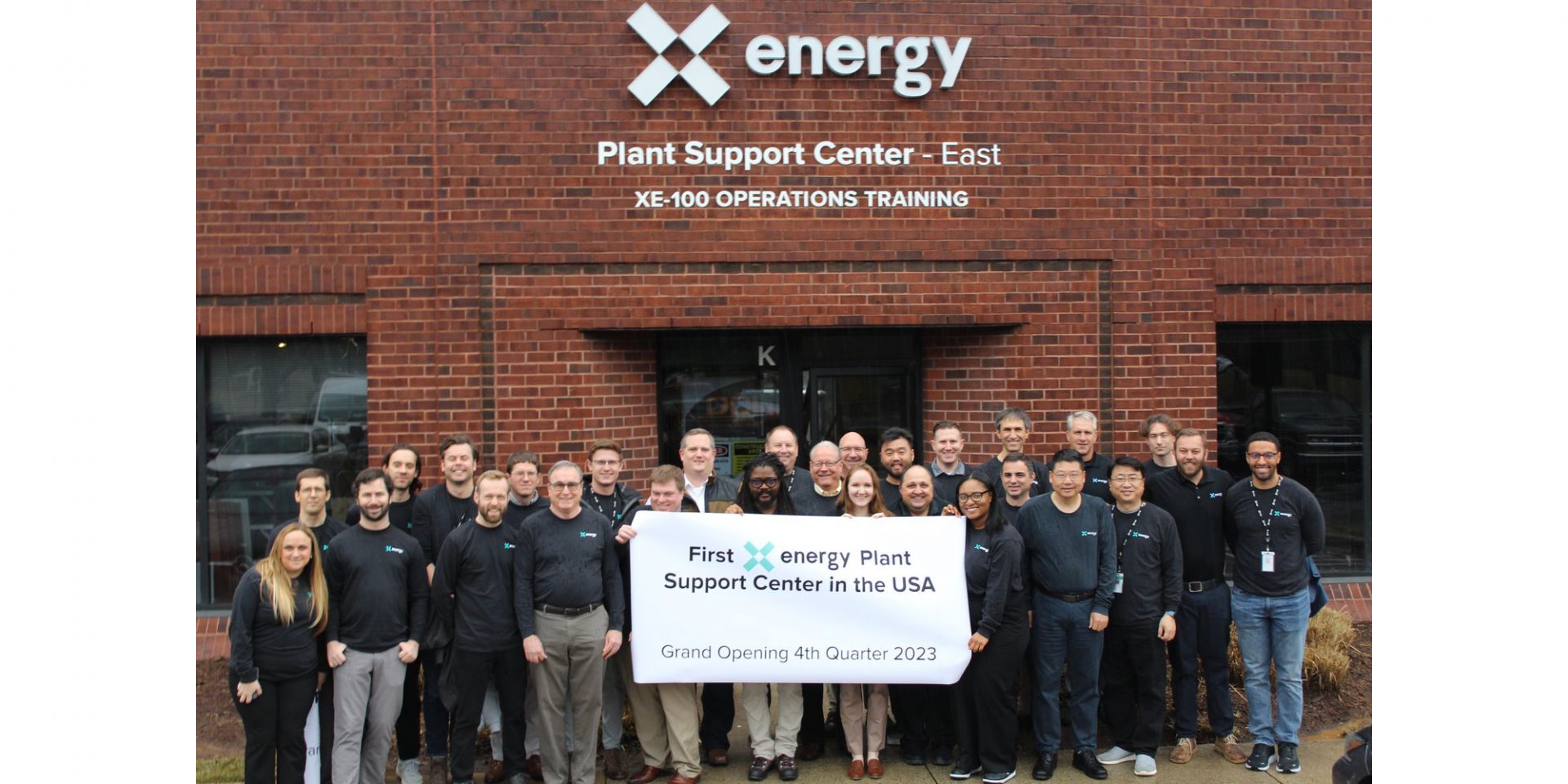
X-energy, the Rockville, Md.–based small modular reactor developer, has announced its plan to open the first Xe-100 reactor fleet management, monitoring, and training facility—the Plant Support Center–East (PCSE)—in the fourth quarter of this year.
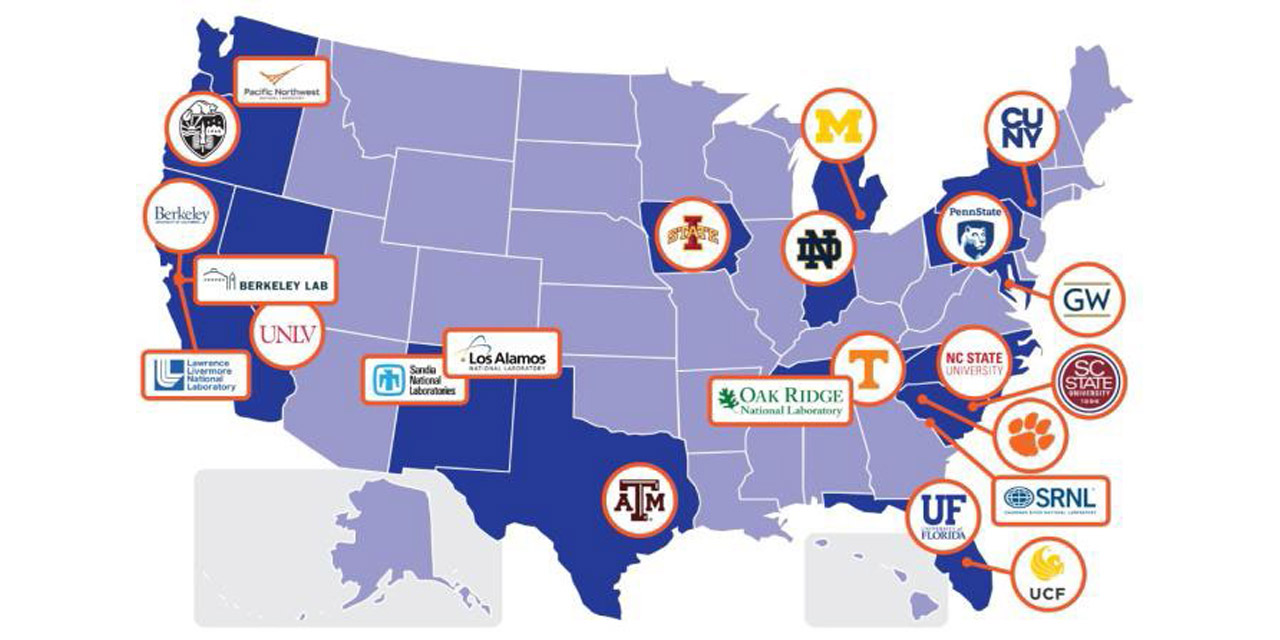
A 16-university team of 31 scientists and engineers, under the title Consortium for Nuclear Forensics and led by the University of Florida, has been selected by the Department of Energy’s National Nuclear Security Administration (NNSA) to develop the next generation of new technologies and insights in nuclear forensics.

Scientists are searching for new materials to advance the next generation of nuclear power plants. In a recent study, researchers at the Department of Energy’s Argonne National Laboratory showed how artificial intelligence could help pinpoint the right types of molten salts, a key component for advanced nuclear reactors.
The Nuclear Regulatory Commission has issued a request for comments as it develops a strategic plan for evaluating artificial intelligence in its regulations. Specifically, the NRC is asking for input on the agency’s overall AI strategy, as well as the strategic goals presented in the NRC’s draft report Artificial Intelligence Strategic Plan: Fiscal Year 2023–2027 (NUREG-2261).
The request for comments on the NRC’s AI Strategic Plan was issued in the July 5 Federal Register with a deadline of August 19. The NRC also plans to hold a public webinar on August 3 from 1–3 p.m. eastern time to receive comments on the draft plan.

Artificial intelligence (AI) and machine learning (ML) are helping scientists, engineers, regulators, and plant decision makers in their research and development of clean energy production to achieve a net-zero carbon footprint. While this science is new in terms of actual applications, it is fostering innovation in a variety of domains, from material discovery and qualification to advanced reactor design to supporting efficiencies in current power plants and transforming the usability of nuclear power plant control rooms.
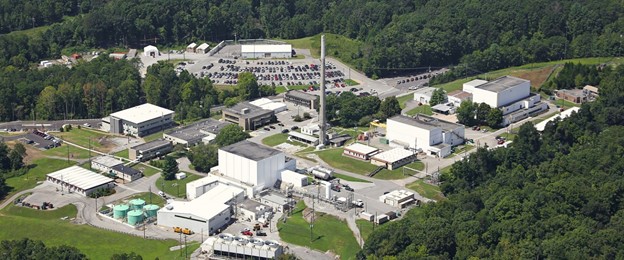
The nonproliferation-related monitoring of nuclear reactor operations received a boost from a new study focusing on the use of seismic and acoustic data for such purposes, ScienceDaily reported last week. The study, conducted by investigators at Oak Ridge National Laboratory, was published March 9 in the journal Seismological Research Letters.
Due to the large amount of water used by nuclear power plants, measuring the water’s impact on the environment is a huge data processing task. It is impossible to manually measure millions of gallons, along with tracking wildlife and the weather. The data computation needed to understand environmental patterns takes massive amounts of storage and strong algorithms to uncover anomalies.

Clifford

Lackey
Two student interns at Pacific Northwest National Laboratory looking for an easier way to monitor the acidity and phosphate concentrations of a process fluid like dissolved nuclear fuel have published research on a monitoring method that provides real-time data without the need for physical sampling of the substance. Their story was published on October 27 on PNNL’s website.
Student leaders: Hope Lackey conducted pH measurement and chemical analysis research during her Science Undergraduate Laboratory Internships (SULI) experience at PNNL in 2018 while she was working toward her undergraduate degree in environmental studies at the College of Idaho. Andrew Clifford, also a SULI intern and a student at the College of Idaho, partnered with Lackey between his junior and senior year, while studying for a dual bachelor’s in chemistry and math/physics.

PPPL physicist Dan Boyer. (Photo: Amber Boyer/Kiran Sudarsanan)
Researchers at the Department of Energy’s Princeton Plasma Physics Laboratory are using machine learning to predict electron density and pressure profile shapes on the National Spherical Torus Experiment-Upgrade (NSTX-U), the flagship fusion facility at PPPL that is currently under repair.
The hope is that such predictions, generated by artificial neural networks, could improve the ability of NSTX-U researchers to optimize the components of experiments that heat and shape the fusion plasma.
“This is a step toward what we should do to optimize the actuators,” said PPPL physicist Dan Boyer, author of the paper, “Prediction of electron density and pressure profile shapes on NSTX-U using neural networks,” published by Nuclear Fusion, a journal of the International Atomic Energy Agency. “Machine learning can turn historical data into a simple model that we can evaluate quickly enough to make decisions in the control room or even in real time during an experiment.”
As predictive analytical tools, artificial intelligence (AI) and machine learning (ML) show promise in improving nuclear reactor safety while offering economic savings. To get a better understanding of current usage and future trends in AI and ML in the commercial nuclear power industry, the Nuclear Regulatory Commission is seeking comments from the public, the nuclear industry, and other stakeholders, as well as other interested individuals and organizations.
The Department of Energy on August 19 announced several awards to research teams applying artificial intelligence and machine learning to fusion energy. The planned total funding of $21 million is targeted at projects with time frames of up to three years; $8 million in fiscal year 2020 funding has already been committed to the work. Delivery of the balance-of-project funding will depend on future congressional appropriations.
“These awards will enable fusion researchers to take advantage of recent rapid advances in artificial intelligence and machine learning,” said Chris Fall, director of the DOE’s Office of Science. “AI and ML will help us to accelerate progress in fusion and keep American scientists at the forefront of fusion research.”
On August 4, the Department of Energy announced it will provide $57.5 million over five years to establish two multidisciplinary teams to take advantage of DOE supercomputing facilities at Argonne National Laboratory, Lawrence Berkeley National Laboratory, and Oak Ridge National Laboratory. The goal is to spur advances in the use of artificial intelligence and machine learning. Funds of $11.5 million have been made available for Fiscal Year 2020, with future funding contingent on congressional appropriations.